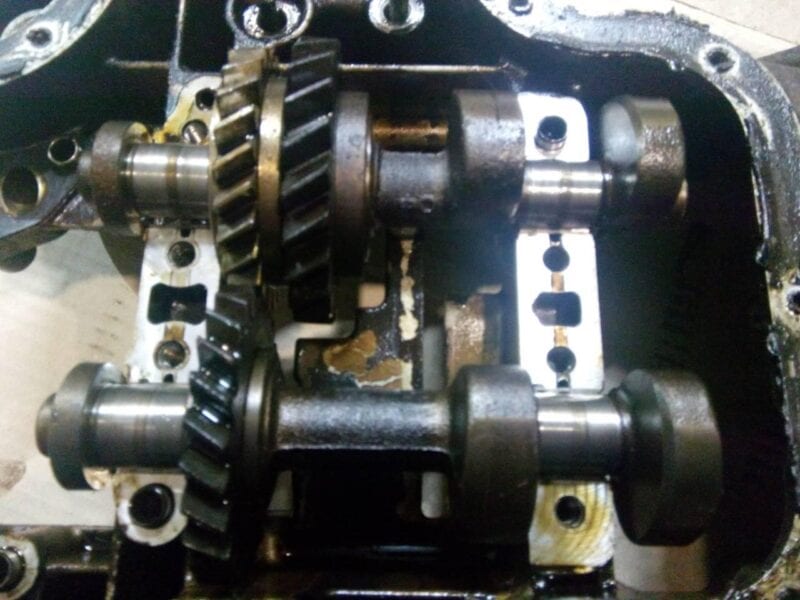
Purpose and principle of operation of the engine balancer shafts
Content
Another term that can be found in the technical encyclopedia of a motorist is the balancing shaft. Let's consider what is the peculiarity of this engine part, by what principle it works, and also what kind of malfunctions are.
What balancers are for
During the operation of the internal combustion engine, the crank mechanism creates vibrations inside the cylinder block. The design of standard crankshafts includes special elements - counterweights. Their purpose is to extinguish the inertial forces that arise as a result of the rotation of the crankshaft.
Not all motors have enough of these parts to minimize the inertia forces, due to which bearings and other important elements of the power unit fail more quickly. As an additional element, balancing shafts are installed.
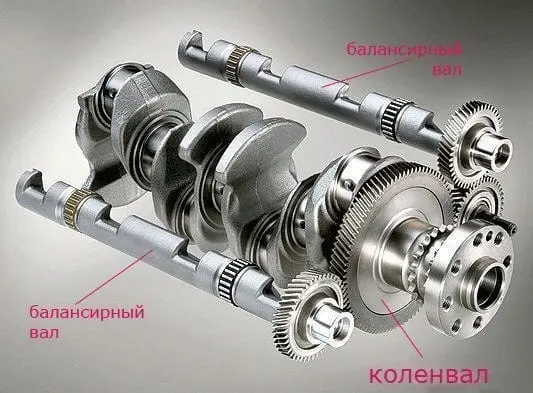
As the name of the part implies, it is designed for more efficient balancing in the motor. They absorb excessive inertia and vibration. Such shafts have become particularly relevant since the advent of more powerful engines with a volume of two liters or more.
Depending on the modification, its own balancing shaft is required. For inline, boxer and V-shaped motors, different shaft models are used. Although each type of engine has its own advantages, none can completely eliminate vibration.
Principle of operation of engine balancer shafts
Balancing shafts are solid cylindrical metal rods. They are installed in two on one side of the crankshaft. They are interconnected by gears. When the crankshaft rotates, the shafts also rotate, only in opposite directions and with greater speed.
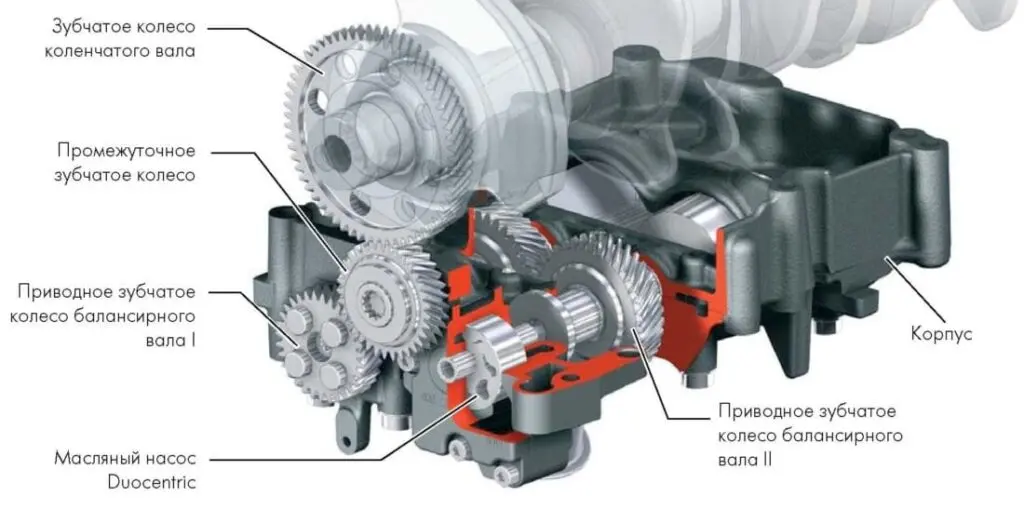
There are eccentrics on the balanced shafts, and springs are installed in the drive gears. These elements are designed to compensate for the inertia that occurs in the CABG. The balancers are driven by a crankshaft. A pair of shafts always rotates in the opposite direction from each other.
These parts are installed in the engine crankcase for better lubrication. They rotate on bearings (needle or sliding). Due to the operation of this mechanism, engine parts do not wear out so much due to additional vibration loads.
Drive Types
Since the balancing shafts are designed to balance the crankshaft, their work must be synchronized with this part of the unit. For this reason, they are connected to the timing drive.
To damp rotational vibrations, the balancing shaft drive gear has springs. They allow the drive to turn slightly around its axis, providing a smooth start to the movement of the device.
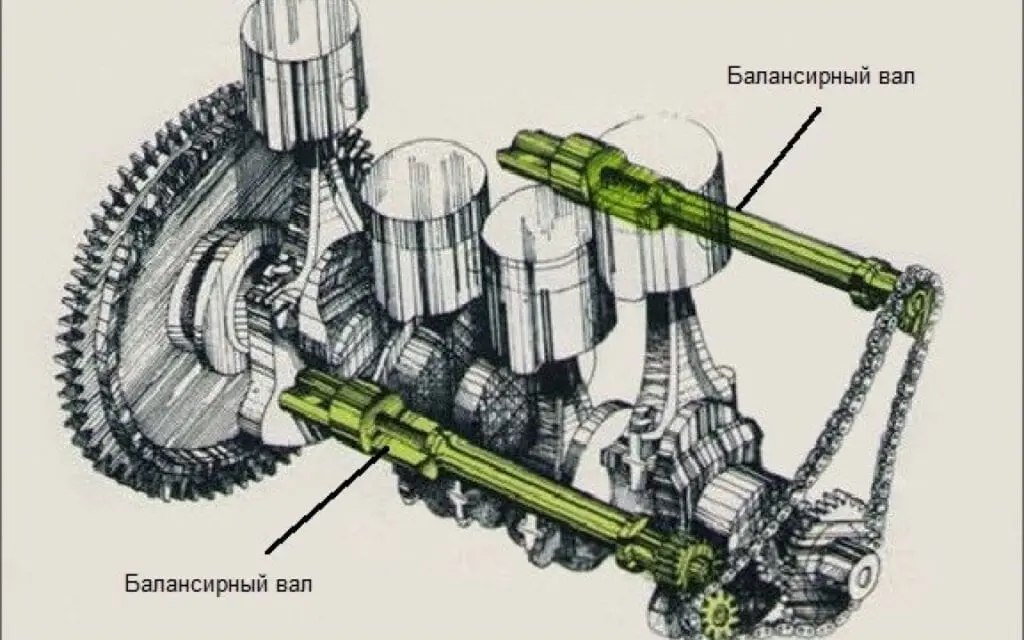
The most commonly used common drive belt or chain mounted on a motor. Gear drives are much less common. There are also combined modifications. In them, the shafts are driven by a toothed belt and a gearbox.
Which engines use balancing shafts
For the first time, Mitsubishi began installing balancing shafts on engines. Since 1976 this technology is called Silent Shaft. This development is mainly equipped with in-line power units (4-cylinder modifications are more susceptible to inertial forces).
High-speed motors with high power also need such elements. Often they are used in diesel ICEs.
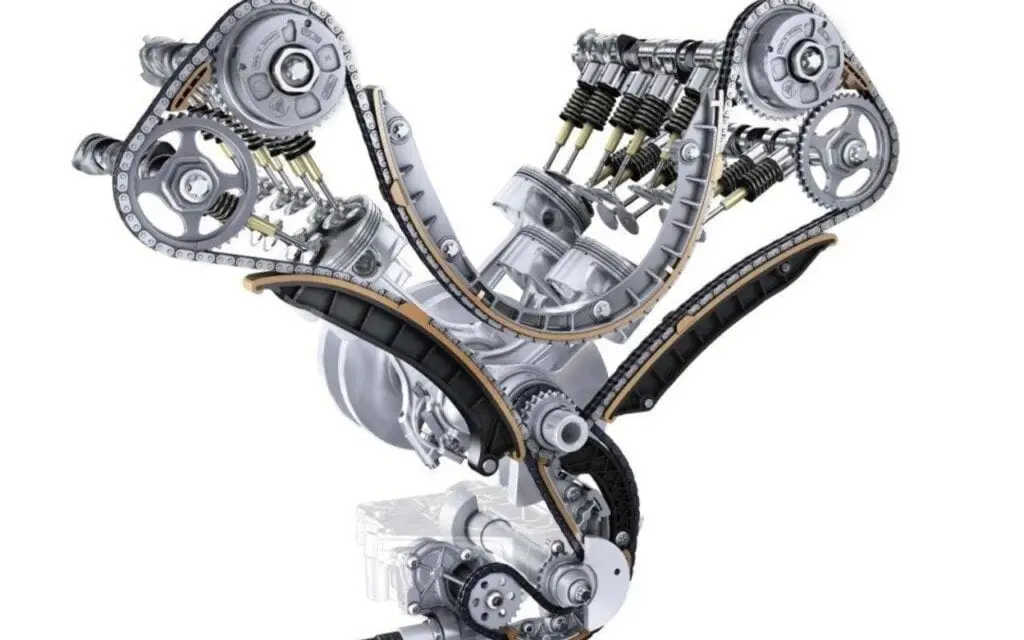
If Japanese manufacturers used this technology before, now European cars with a system of silent shafts are often found.
Balance Shaft Repair
Like any other complex mechanism, the balanced shaft drive can also fail. Most often this occurs as a result of the natural wear of bearings and gear parts, since they experience quite large loads.
When the shaft block becomes unusable, this is accompanied by the appearance of vibrations and noise. Sometimes the drive gear is blocked due to a bearing break and breaks the belt (or chain). If a malfunction of the balancing shafts is detected, the method of elimination is one - the replacement of damaged elements.
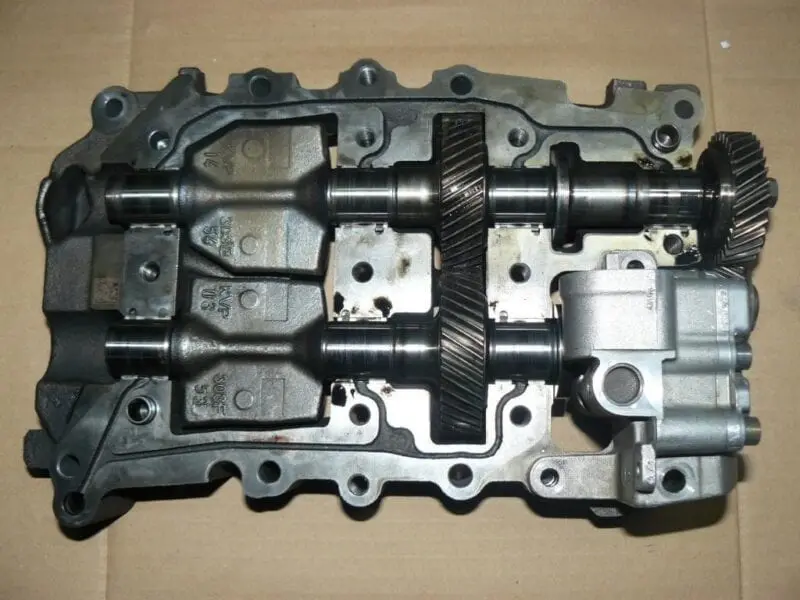
The mechanism has a complex structure, so a decent amount will have to be paid for its repair (work should be carried out exclusively in the service center, even if it is just replacing an outdated part with a new one). For this reason, when the shaft block fails, it is simply removed from the motor, and the holes are closed with appropriate plugs.
This, of course, should be an extreme measure, since the absence of vibration compensators leads to unbalance of the motor. As some motorists who used this method assure, the vibrations without the shaft block are not so serious as to agree to expensive repairs. Despite this, the power unit becomes slightly weaker (power can drop to 15 horsepower).
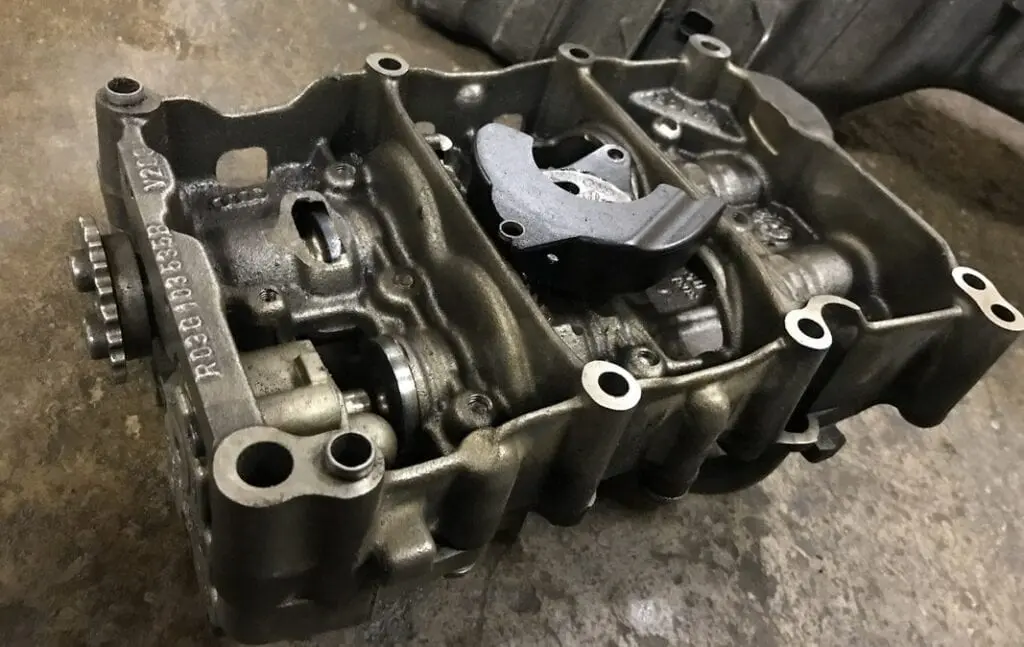
When deciding to dismantle the unit, the motorist must clearly understand that significant interference in the design of the motor can greatly affect its performance. And this in the future can lead to overhaul of the internal combustion engine.
Balancing shaft operation
As mentioned earlier, the main cause of breakage of the balancer shafts is natural wear. But a motorist can take several steps that will extend the life of this mechanism.
- The first step is not to use an aggressive driving style. The sharper the power unit will work, the faster the shaft gears will fail. By the way, this also applies to the mass of other parts of the car.
- The second step is timely service. Changing the oil and oil filter will provide high-quality lubrication of all contact elements, and installing a new belt (or chain) of the drive will allow the gears to rotate without additional loads.
Questions and answers:
What is a Balance Shaft? These are cylindrical metal rods that are installed on either side of the crankshaft and are interconnected by gears. They rotate in the opposite direction to the rotation of the crankshaft.
How to remove the balance shaft? The timing belt is removed - the balancer belt. Then all the pulleys are unscrewed - the pallet is removed - the oil pump. After that, the balancers are dismantled.
What is the shaft for? It absorbs excess inertia in the crankshaft. This reduces vibration in the motor. This element is installed on powerful units with a volume of two liters or more.
3 comment
Ruslan
Very cool article. Thank you for your work
Hans
Why is the format so ?weird
We are not Israelis or Arabs, are we?
Dragutin
This part is installed on the Volvo XC90 D5 (235 hp). Due to damage to the bearings, the balance shafts produced noises when the gas was added.
You described the fault well!!
Thanks for the explanation and education. I did not know.